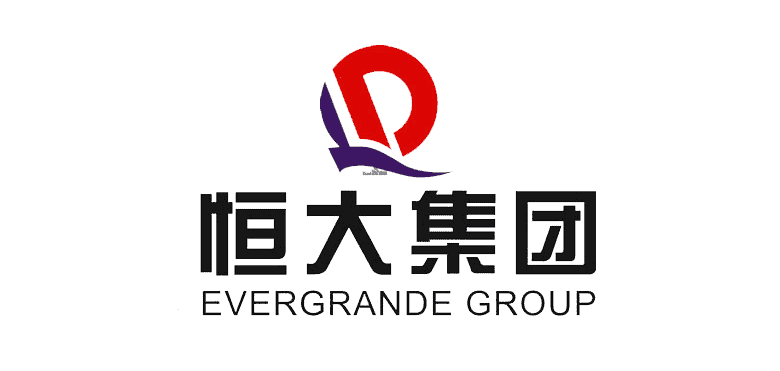Contents
In a significant development that has garnered global attention, China Evergrande Group, one of China’s largest corporations, has filed for Chapter 15 bankruptcy protection in New York, according to court documents reviewed by Bloomberg. This move comes as Evergrande grapples with financial challenges and mounting debts, marking a critical juncture in its journey.
Background: Evergrande’s Financial Struggles
Evergrande, a prominent enterprise in China, has been facing concerns of default for several years. In 2021, Evergrande’s debts hit $310 billion, owed to bondholders, banks, contractors, and creditors. The company’s financial health raised concerns as observers monitored its ability to manage such massive debt.
Bankruptcy: What Does it Mean?
China Evergrande Group has filed for Chapter 15 bankruptcy protection. In doing so, this maneuver safeguards its US assets. Simultaneously, the company is undergoing restructuring in Hong Kong and the Cayman Islands. The primary aim of these actions is to manage its financial challenges effectively. This legal framework offers a temporary reprieve to Evergrande as it navigates its financial challenges and seeks to find a sustainable path forward.
The Journey of Evergrande: From Inception to Expansion
Founded by Chinese businessman Hui Ka Yan in 1996 in Guangzhou, China, this company has transformed over the years into a massive conglomerate. Amidst financial challenges, the conglomerate seeks restructuring. As a result, its story intertwines with discussions on managing debts. This unfolds in a dynamic global business landscape. Consequently, the complexity of this situation prompts thoughtful analysis. Furthermore, Evergrande’s rapid expansion created fame but also introduced financial complexities and the challenge of debt management.
Implications for China’s Economic Landscape
The filing for Chapter 15 bankruptcy protection by China Evergrande Group carries implications that extend beyond the company itself. Being one of China’s major players in the business world, Evergrande’s financial struggles can impact broader economic sentiments. As a result, questions arise about the potential ripple effects on stakeholders, investors, and the overall stability of the Chinese economy.
The filing for Chapter 15 bankruptcy protection by China Evergrande Group signifies a pivotal moment in the company’s history and the broader economic context. While tackling financial challenges and seeking restructuring, the conglomerate’s narrative intertwines with discussions on managing substantial debts. This occurs in a rapidly evolving global business environment. The outcome of Evergrande’s endeavors will be closely watched by markets, experts, and those keenly observing the pulse of the global economy.








